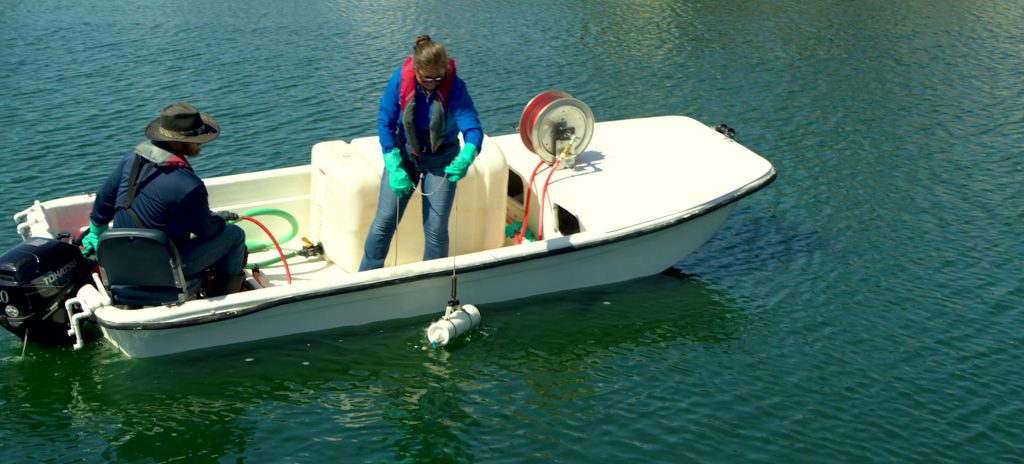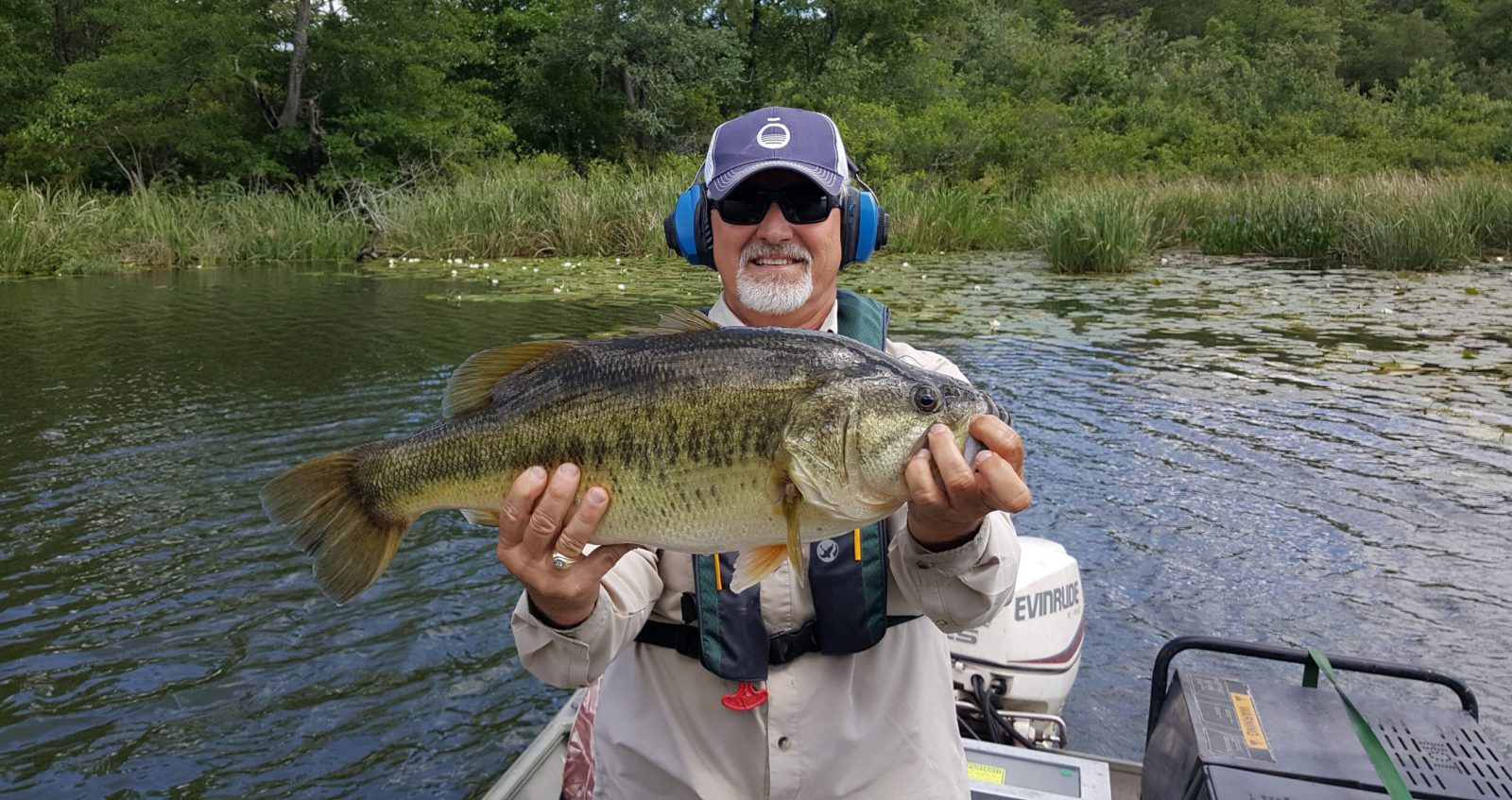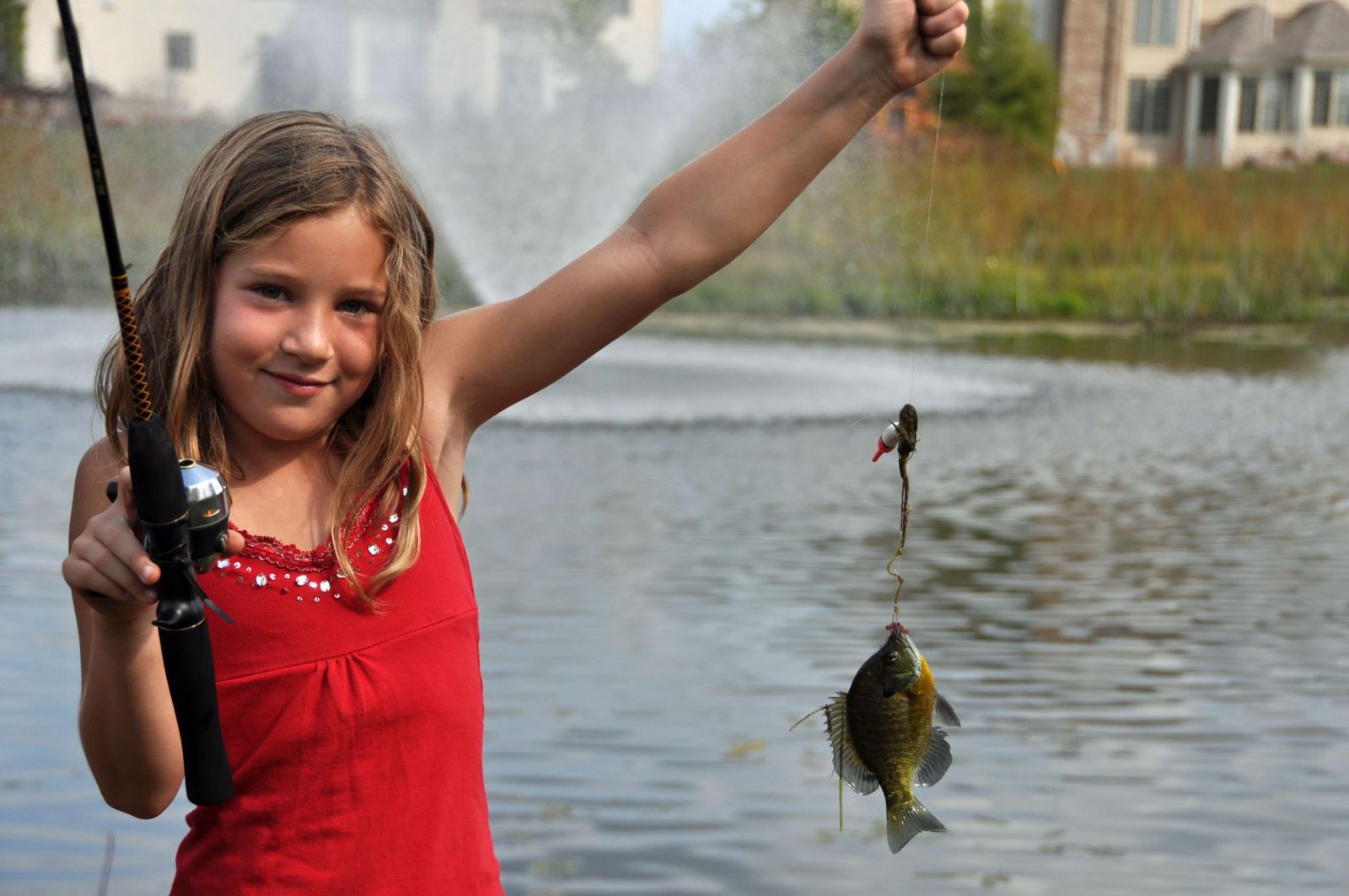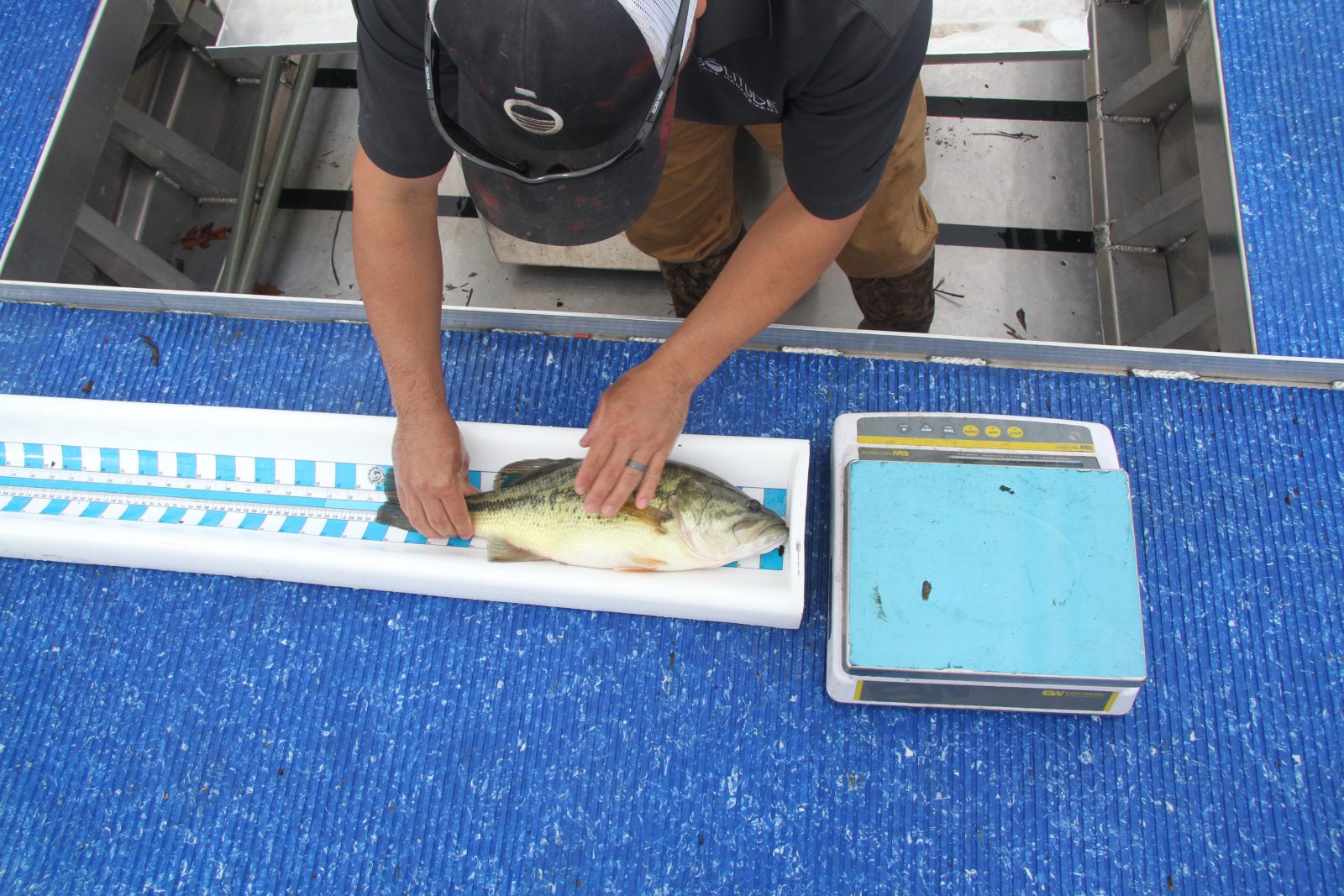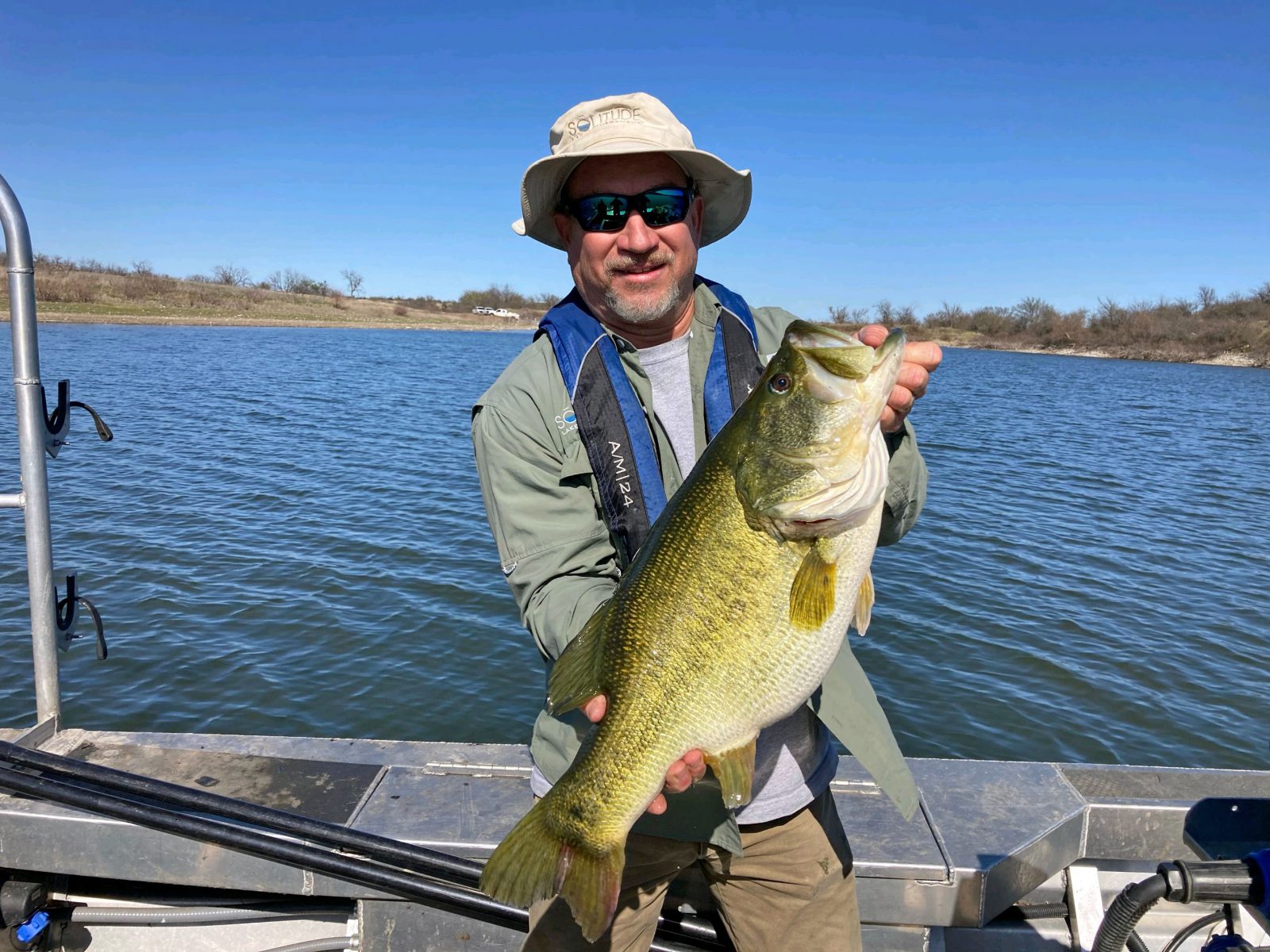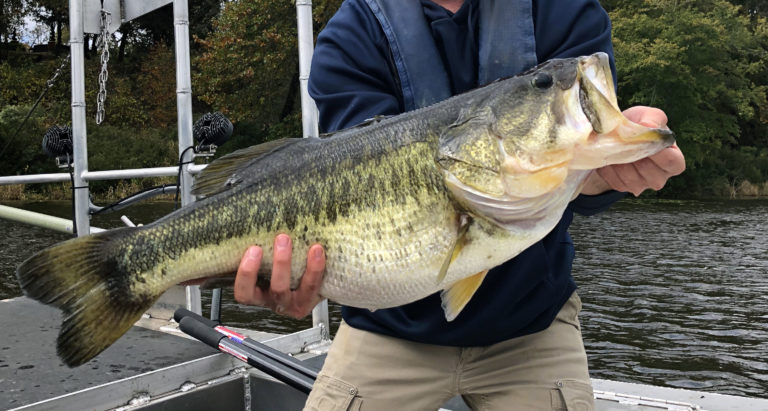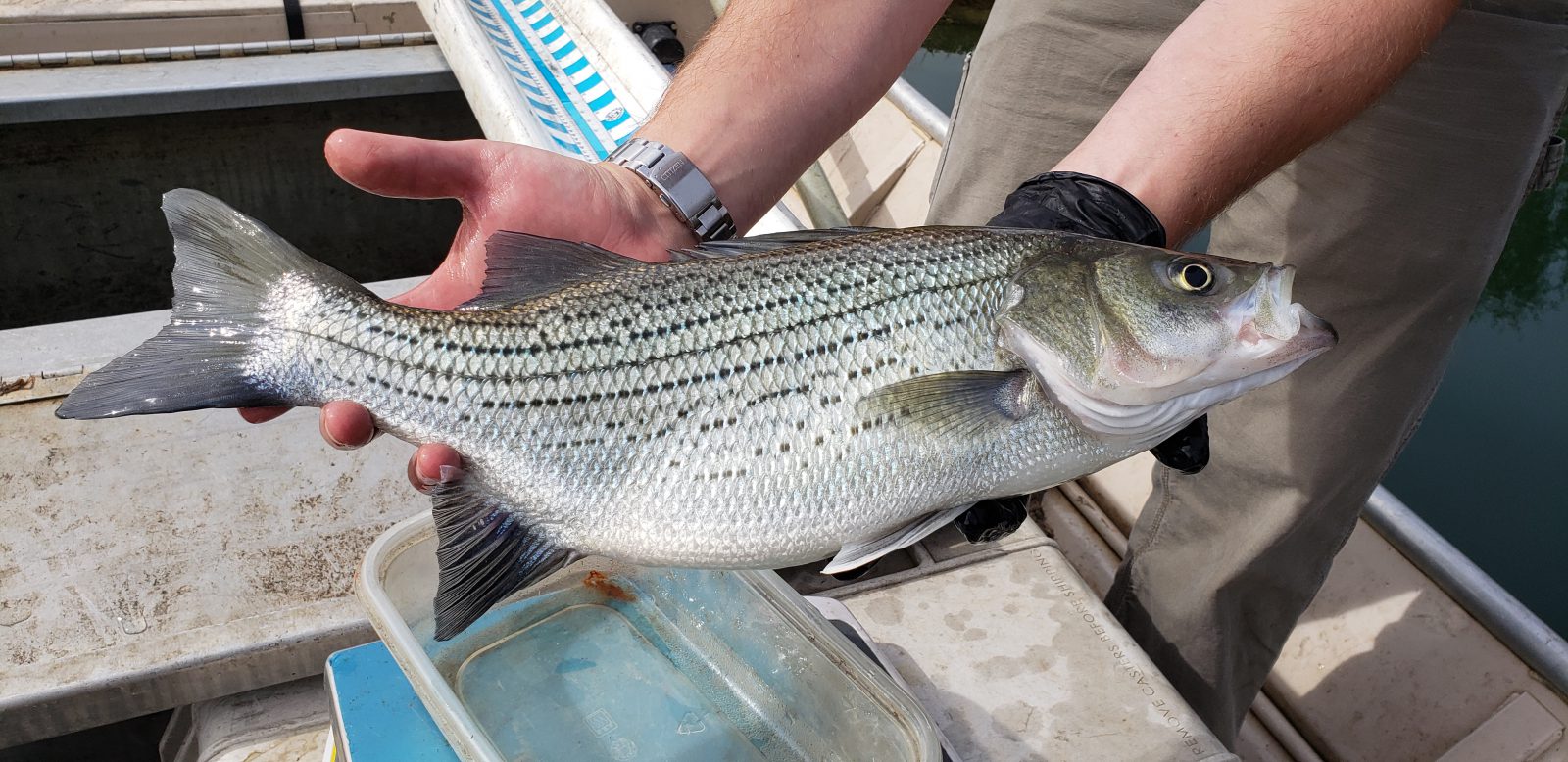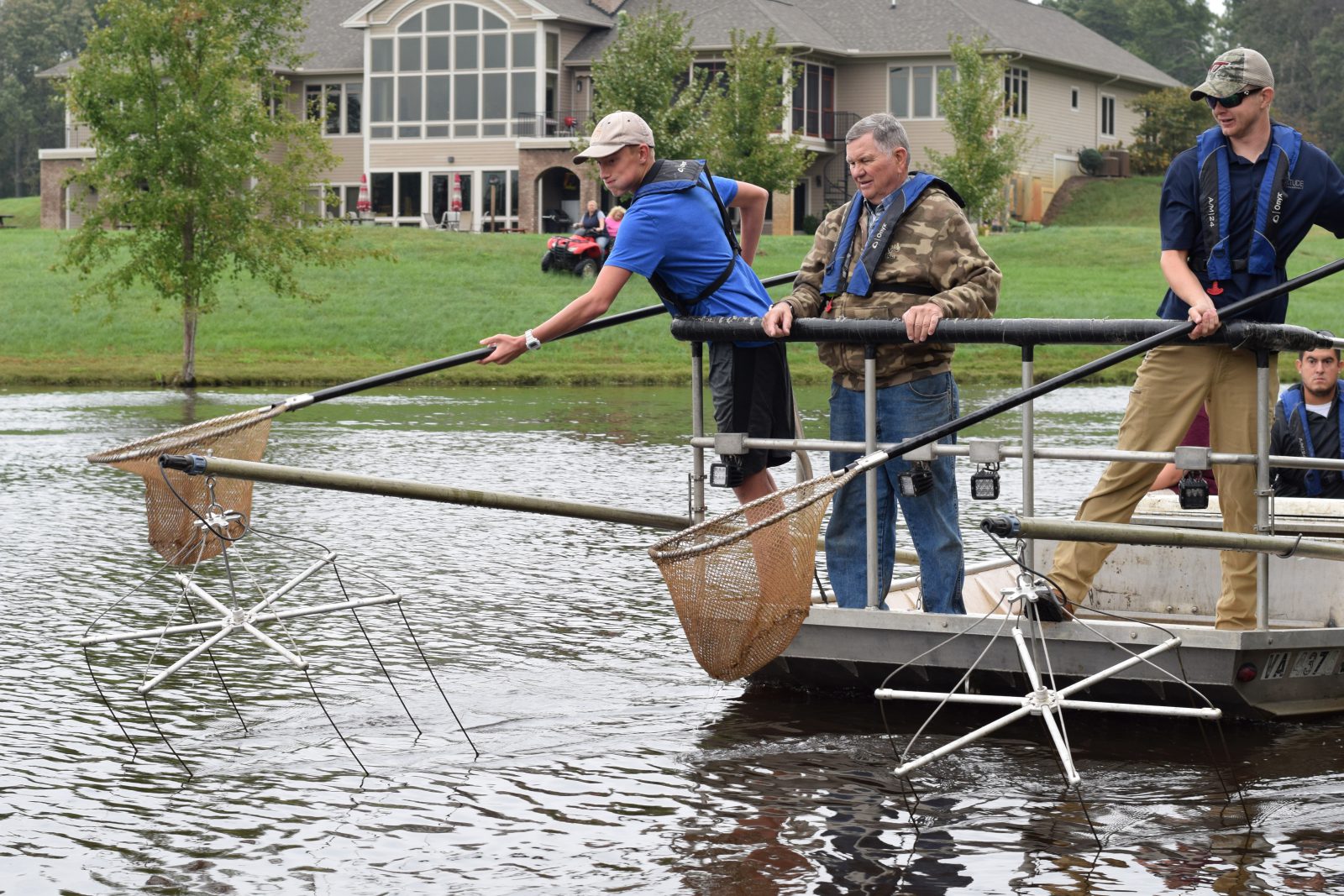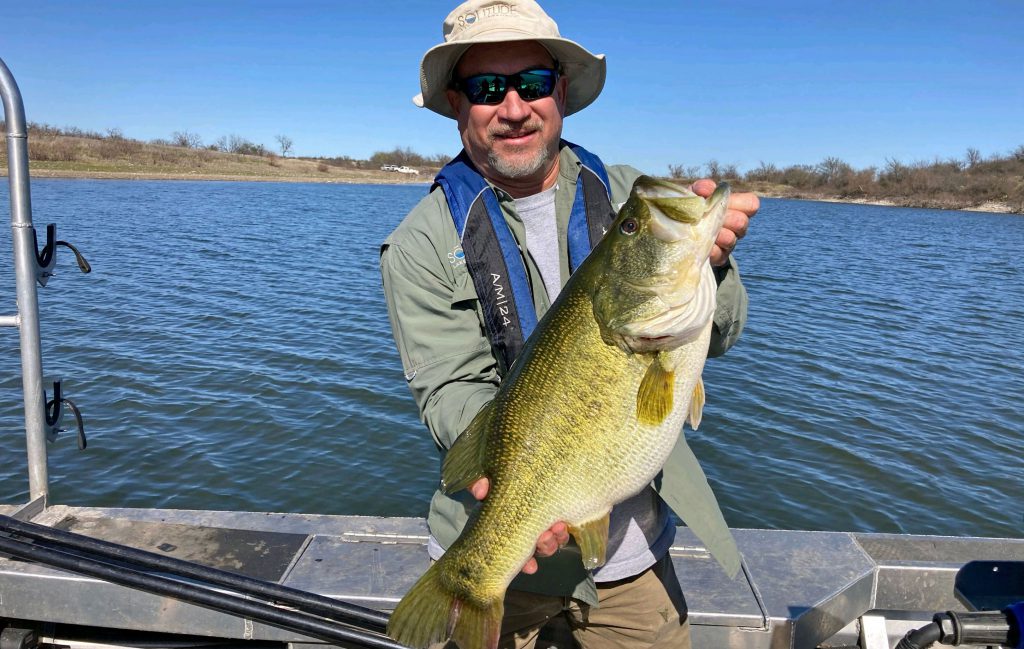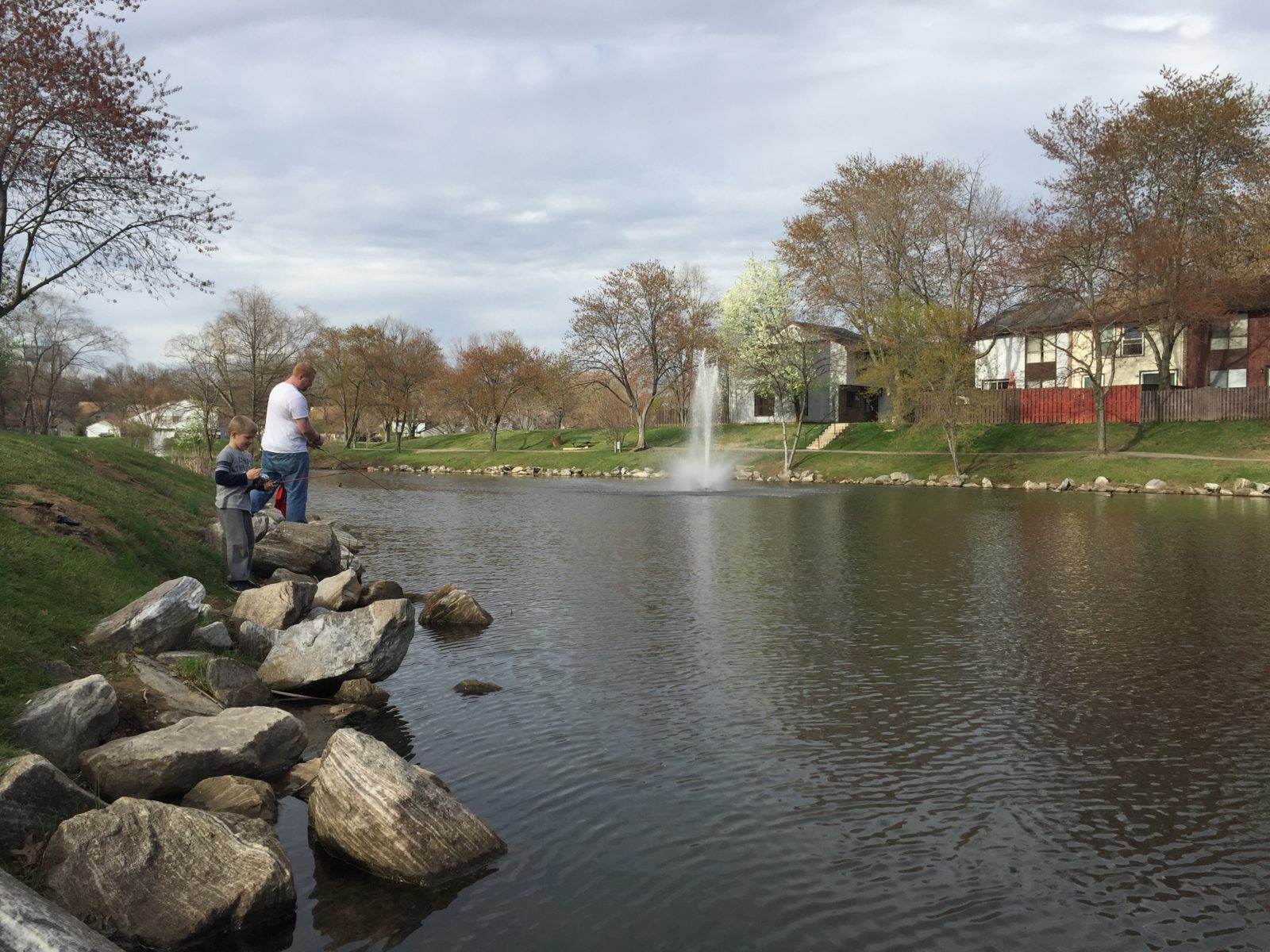
Habitat Management: Preservation And Enhancement Strategies
All aspects of fish habitat are important and beneficial when it comes to fisheries management including cover and water quality. When building a thriving, healthy fishery, it’s crucial to consider every aspect of your aquatic ecosystem.
Here are some of the key factors fisheries management professionals take into account when designing a custom management program:
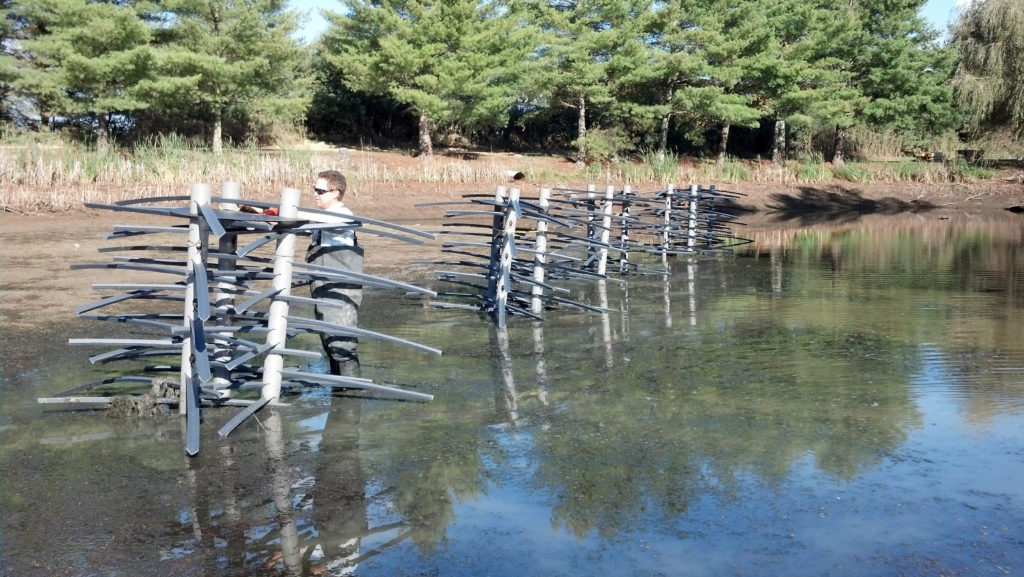
Fish Cover
Fish cover provides necessary refuge for small fish and the desired hunting grounds for larger fish. Fisheries management professionals work diligently to maintain a healthy balance of cover relative to the overall pond size and depth. Cover such as logs, rocks, old farm equipment, and more modern habitats can serve as popular locations for aquatic life. However, too much cover will spread fish out, making it difficult for predator fish to feed and fisherman to catch. And too little will make it easy for predators to “gang up” on smaller fish. Although vegetation is usually considered a nuisance by most lake and pond owners, it can play an important role in the health of a fishery. During the cold months when vegetation falls to the pond’s bottom, fixed cover will become more important.
Water Quality Monitoring
Water quality monitoring and testing are essential when looking to improve your pond’s productivity. Poor water quality significantly stresses your fish. Even with plenty of available food, fish will not grow and develop properly in unhealthy water. To support fish habitat productivity, you must collect water quality profiles of the water column on a recurring basis. Professional water quality testing will give a good indication of what water quality parameters are limiting fish production. Fisheries scientists consider many parameters such as dissolved oxygen, temperature, pH, ammonia, alkalinity, phosphorus, nitrogen, and visibility when designing a management program. Understanding how these different parameters fluctuate over the course of the year provides a good indication of any improvements needed.
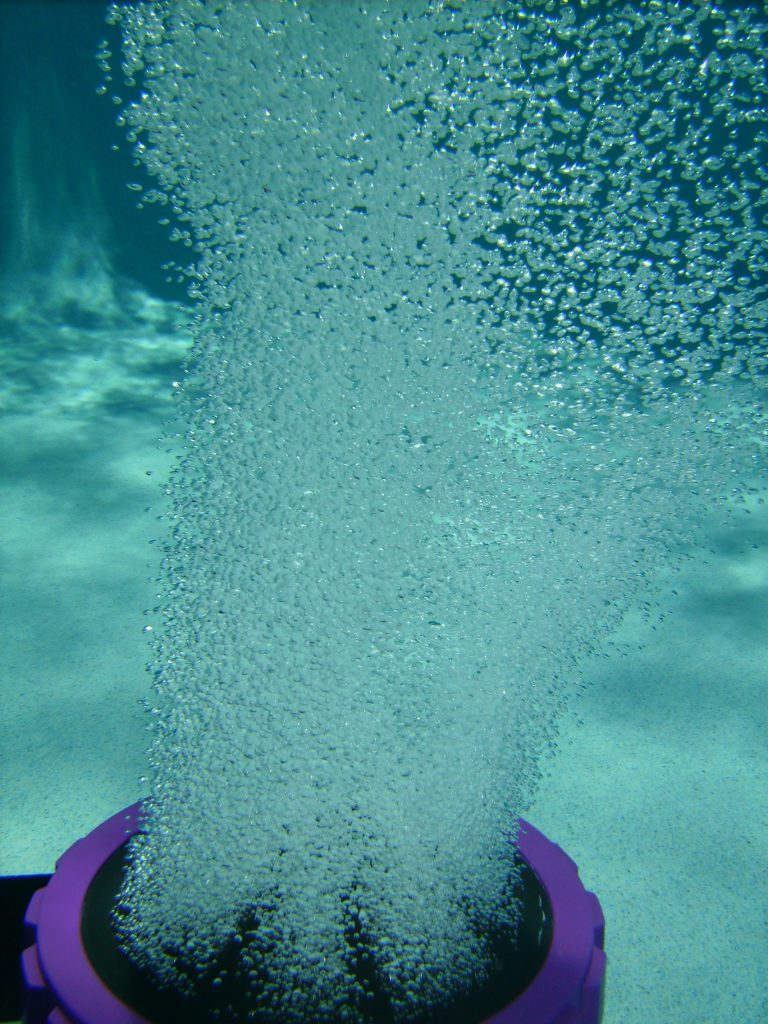
Adding Aeration
Stratification usually becomes a concern during times of significant temperature change. Water temperatures within ponds become layered with warmer water at the surface and cooler, more dense water underneath. This difference in density between the warm and cool water creates a temperature barrier that actually prevents the upper and lower water from mixing. As a result, cooler water is cut off from a primary oxygen source (atmospheric air) and oftentimes left with a limited oxygen supply until the fall season. Over the course of the growing season (spring, summer, and fall), organics settle to the bottom of the pond, creating a demand for oxygen that exceeds the limited supply. As this occurs, a “dead zone” of anoxic water forms at the bottom of the pond.
During the growing season, this dead zone will continue to enlarge, often taking up 25% to 50% of the pond’s volume. These anoxic conditions force fish to live in warmer than desired water temperatures, resulting in slower growth rates. Once temperatures begin to decrease, these layers mix, bringing the toxic conditions from below to the surface. This puts additional stress on fish during a time when they should be focused on growing. The best way to prevent ponds from stratifying is to utilize a bottom diffused aeration system, which creates bubbles that consistently mix the water column as they rise to the surface. Properly sized units can greatly improve a pond’s ability to sustain a healthy environment that promotes much more rapid fish growth.
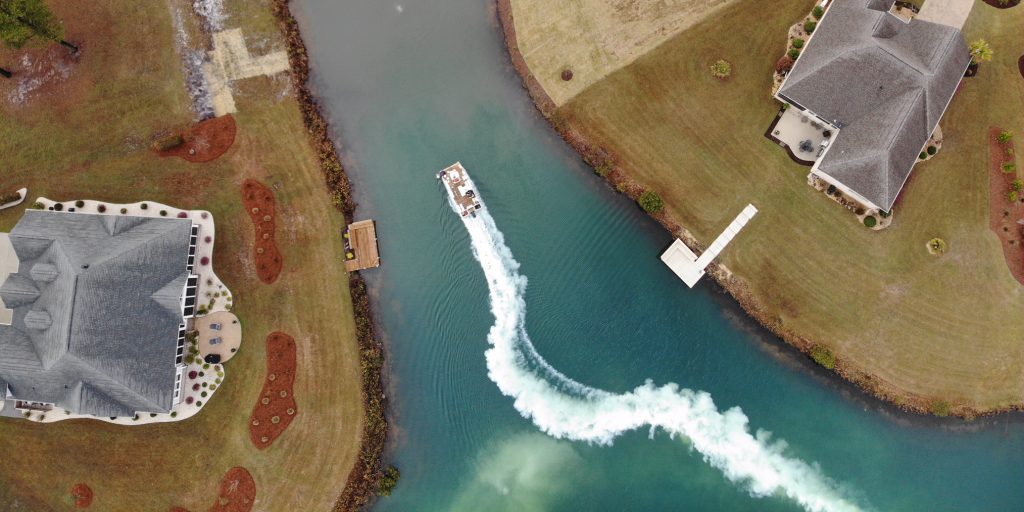
Liming
Liming is a very important aspect of pond management that greatly influences productivity by restoring pH and alkalinity to proper levels. Alkalinity levels directly affect the availability of nutrients to aquatic organisms. Low alkalinity levels reduce productivity in ponds and are also responsible for broad swings in pH, which are very stressful to many aquatic organisms. When creating or maintaining a productive fish habitat, it is important to know your water’s alkalinity level. If it is determined that the alkalinity level is low, agricultural limestone should be applied properly throughout the pond.
Fertilizing your pond is another great way to increase the biomass of fish the lake or pond can support. Properly fertilized ponds can sustain 3-4 times the biomass of fish than that of unfertilized ponds. But when done improperly, fertilization efforts can have devastating results. Major algae or vegetation growth can occur and fish kills are always a possibility.
What is fish habitat and why is it important?
Managing aquatic vegetation and algae is essential to overall lake and pond management, and greatly impacts the success of your fishery. But without proper management, it will often become problematic and will eventually threaten the productivity of your aquatic ecosystem. Five common methods used to proactively manage your ponds vegetation and algae are:
- Stocking herbaceous and omnivorous fish such as triploid grass carp and tilapia.
- Decreasing the sunlight’s ability to penetrate deep into the water by promoting a plankton bloom or by applying eco-friendly pond dyes.
- Managing nutrients through aeration, biological augmentation, alum, and Phoslock.
- Proper selection and application of aquatic herbicides and algaecides.
- Redirecting the nutrient load by promoting beneficial native species of emergent aquatic vegetation that do not grow in water greater than two feet deep.
Effectively managing nuisance vegetation is important. If you have invasive and exotic species, make sure to control them before they take over the pond. EPA-registered herbicides may be required, but with proper management, they will be utilized less frequently and in smaller quantities. Increasing the beneficial plankton in the pond will also help to shade out sunlight and reduce the likelihood of nuisance algae and submersed weed growth.
Maintaining A Productive Fishery
Cultivating a healthy, productive trophy fishery is a science, not a one-size-fits-all formula. Like most lake and pond management efforts, you can’t cut corners if you want to create a sustainable, long-lasting environment. That’s why it’s important to work with a professional who understands what your waterbody needs and the potential challenges you might face throughout the process. Contact our Fisheries Biologists and being building a Fisheries Management Plan that fits your budget and fishery goals.








